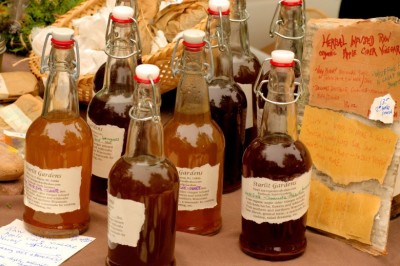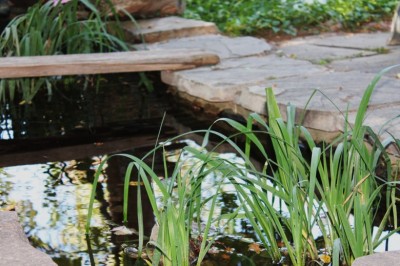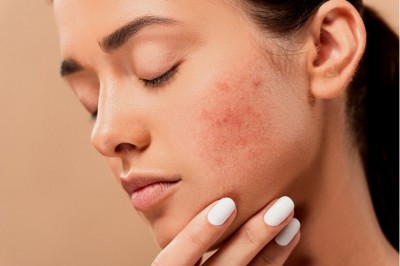Ageing and antiquing walls
The beautiful texture and patina of antique walls seen in places like Provence have taken centuries of wear-and-tear and weathering to achieve their current aesthetic appeal.
Today with the help of paint techniques we can emulate that weathered imperfection through subtly color washing or water-staining our walls, thereby creating an ideal canvas for French Country style decorating.
In fact, color washing has long been a popular finish for cottages in the past, where the paint used was a distemper - a home made paint based on whiting, glue size and water - resulting in a thin, rather chalky matt finish.
Color washing is ideal to use on walls where the plaster is imperfect. If you use a color very close to the base color, the faint differences in tone resemble the shadows caused by the plaster bumps making it difficult to distinguish imperfections.
Choosing the right color combination is half the battle. Pick colors that are close together in tone as they will provide the most subtle gradations of color. Soft shades of butter yellow over a creamy white, or off white over a pale grey, a very pale blue over a watery green will all work well.
Depending on the contrast between the colors, color washing can be strong or subtle. The strong colors have a less subtle effect, so be careful using extreme strong color contrasts.
Aim for the effect of gentle gradations of color with a watery and uneven distribution of color.
Dont be shy to choose more than one color over the base. Using two or three related colors often has a better effect giving greater depth, and each coat can smooth out irregularities over areas that were previously unevenly applied.
You can also create the look of exposed plaster or layered lime look by pasting a piece of torn newspaper - not glossy paper - onto the wall using a wet brush. Paint the wall with a darker shade of color and then peel off the newspaper to expose the base coat.
After ageing the wall a soft faded mural effect can also be achieved by stenciling a design using very diluted paint. When dry use a coarse sandpaper and lightly sand over the entire mural area, giving it a faded and weathered appearance.
The glaze used for the color washing process is very thin, but it mustnt be too thin though. Test it by painting a small patch on a piece of paper. Tilt the paper, if it runs off it is too thin.
As the glaze is thin it is difficult and very messy to work with, so before you start make sure you have a drop cloth for the floor and dust sheets to cover valuables.
So, find a recipe and instructions for color washing and get creative... youll love it. Dont worry about making mistakes - theres nothing that cant be fixed with another layer of paint if need be.
Why not start by tackling that faded white wall that needs some color, giving your room instant old world charm and a French Country feel.























